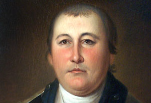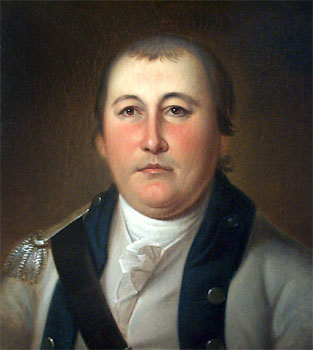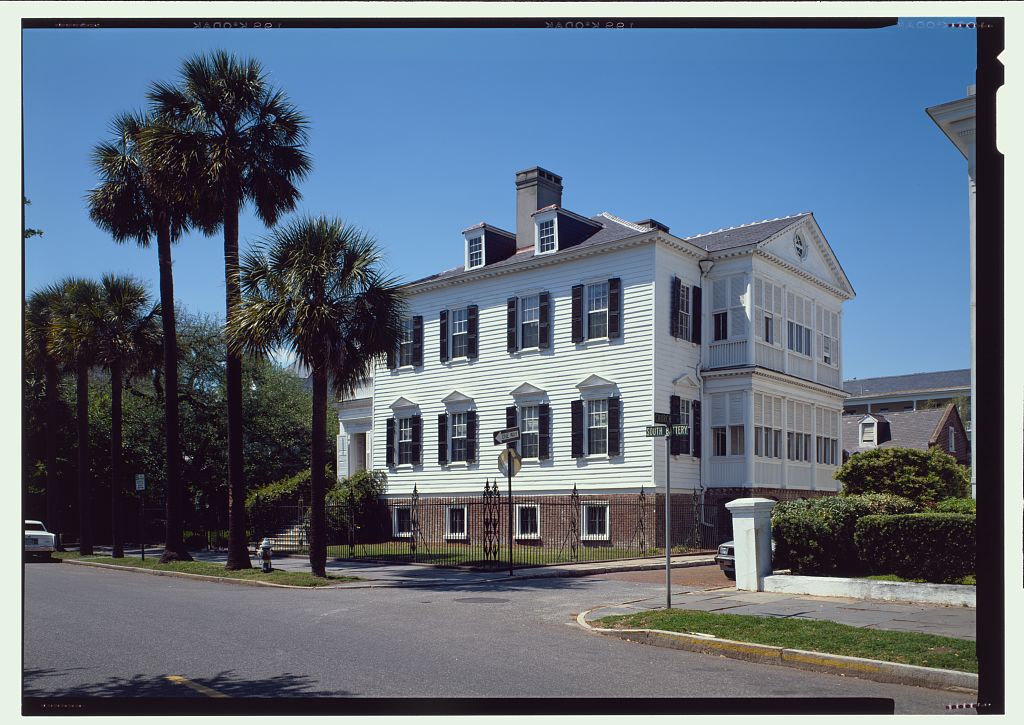





HIGHWAY 17 SOUTH, THE KING'S HIGHWAY
I drove to Ravenel on June 3 for one of Caw Caw Interpretive Center’s morning bird walks. As we meandered along antebellum rice dikes looking for swallow tails and egrets, I was reminded of how much history we in the Lowcountry can experience right under our feet, outside the downtown tourist district.
In the short distance between Charleston and Ravenel, traveling along Highway 17 South — or what was known in colonial times as the King’s Highway — I found myself passing by places that brought to mind stories of romance, rebellion and roses.
Not long after you put the commercial sprawl of the Savannah Highway “auto mile” behind you, you’ll cross over Rantowles Creek bridge and by the graves of Lt. Col. William Washington and his wife Jane. George Washington’s cousin William was also a Revolutionary War hero, about whom Lord Cornwallis once wrote “there could be no more formidable antagonist in a charge, at the head of his cavalry, than Colonel William Washington.”
In his first encounter with Gen. Banastre Tarleton at the Battle of Rantowles Ferry on March 23, 1779, Washington soundly defeated the British cavalry. Afterward, as the rank-and-file soldiers settled in for a good night’s sleep under the stars, the officers rode to a neighboring plantation, Sandy Hill, seeking more comfortable accommodations.
Over dinner, Washington made the acquaintance of the planter’s daughter, Jane Elliott. Noting that the lieutenant colonel had no flag under which to fight, Jane promptly ripped down her mother’s draperies and spent the evening sewing a new battle flag. (Bear in mind, this story pre-dates Margaret Mitchell’s “Gone with the Wind” drapery scene by nearly a century.) Washington carried Jane’s flag into the Battle of Cowpens, a victory that turned the tide of the American Revolution in the South to the Patriots’ advantage.
Afterward, the conquering hero rode back to Sandy Hill and married Jane. The couple lived at Sandy Hill and at their Charleston townhouse at 8 South Battery for the rest of their lives. Though not visible from the highway and on private property, their graves lie just off to the right in the Elliot family cemetery.
The next bridge you cross will be Wallace Creek, another offshoot of the Stono River, where on Sept. 9, 1739, the largest slave insurrection in British North America began. About 20 free and enslaved Africans and African Americans raided a store along the creek’s banks on a Sunday morning while most Whites were at church. Killing the two shopkeepers, they armed themselves with guns and other weapons from the store and headed south toward Florida, where the Spanish had promised them freedom.
A collection of maps, including a map of South Carolina showing the settlements of the English, French and Indian nations from Charles Town to the Mississippi River. Library of Congress/Provided
Over the course of the day, the group’s numbers swelled to perhaps 60 (no one knows for sure). They covered about 15 miles, killing at least another 20 Whites, yet sparing others who were said to be kind to or hidden by their enslaved workers. The militia caught up with and killed at least 34 that afternoon. Most who escaped were later captured and executed.
A mile or so further down the highway, you’ll pass a little road off to the right named Champneys Lane. The first rose created in the New World was hybridized here by a planter named John Champneys. In 1802, Champneys crossed an Old Blush rose with a white musk to produce a beautiful, vigorous rose with fragrant clusters of pale pink blooms.
Champneys shared a clipping of his new rose with a neighbor, French nurseryman Phillipe Noisette, whose brother was a horticulturist at King Louis XVIII’s Palace of Versailles. Garden enthusiasts across Europe went wild as the brothers created new varieties which today we know collectively as Noisette roses. As a nod to its originator, that first small, fluffy rose is named Champneys’ Pink Cluster.
Other great stories lie astride the King’s Highway, but our word count for today’s column grows short. Still, the next time you’re driving to Ravenel, take a moment to learn more about one of nine federal labs built in 1936 to help impoverished farmers in a New Deal-era effort, and about St. Mark’s Union Methodist Episcopal Church, a founder of the UME movement in the early 20th century. Just look for the historic markers along the highway. By that time, you’ll have crossed the Edisto bridge and be ready for a whole slew of other Lowcountry stories we’ll save for another time.
Leigh Jones Handal is a licensed and certified Charleston Tour Guide and member of The Palmetto Guild. Handal can be reached at CharlestonRaconteurs@gmail.com.

Lt. Col. William Washington


Champneys' Pink Cluster
